This one is R-rated. Eleanor says a curse word and gives away her age!
Star Members can learn much more from Eleanor in Show 2309: Celebrating 40 Years and Still Entertaining.
This one is R-rated. Eleanor says a curse word and gives away her age!
Star Members can learn much more from Eleanor in Show 2309: Celebrating 40 Years and Still Entertaining.
An event has quietly happened in Sisters, Oregon, which will ripple through the rest of the quilting world. In 1975, Jean Wells opened The Stitchin' Post and forever changed our community. Over time, Sisters not only became known as an outdoor mecca but as the heartbeat of quilting in Central Oregon. Due to Jean's tireless work and dedication, we now have thousands of people flocking to Sisters the second Saturday of July each year for the largest one day Outdoor Quilt Show and to visit The Stitchin Post.
But, now she is ready for a life change. Looking for more time to relax in her studio and create, she is handing the day to day operations to her daughter Valori Wells Kennedy. It is a transition that has been going on for a while but is now official. Valori, who this Spring will be releasing her 40th...yes, 40th, fabric line called Marmalade Dream, is now going to be leading the team at The Stitchin Post. With this change of leadership, The Stitchin' Post has had a facelift reflecting the creative vision of Valori. The new look is current, beautiful and bright.
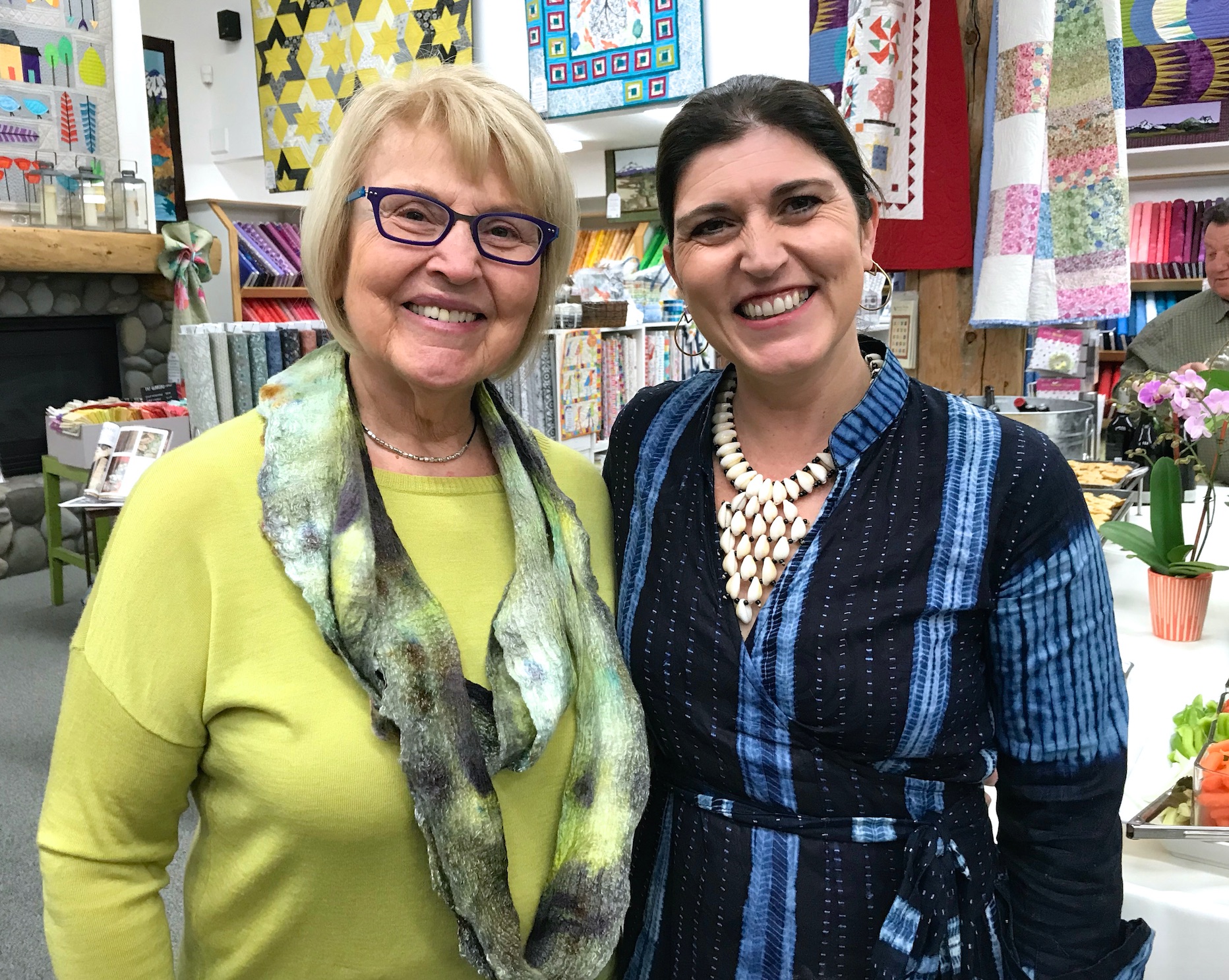
I hope you enjoy this slide show of the Gallery Exhibit in The Stitchin' Post and make plans to visit the refashioned shop!
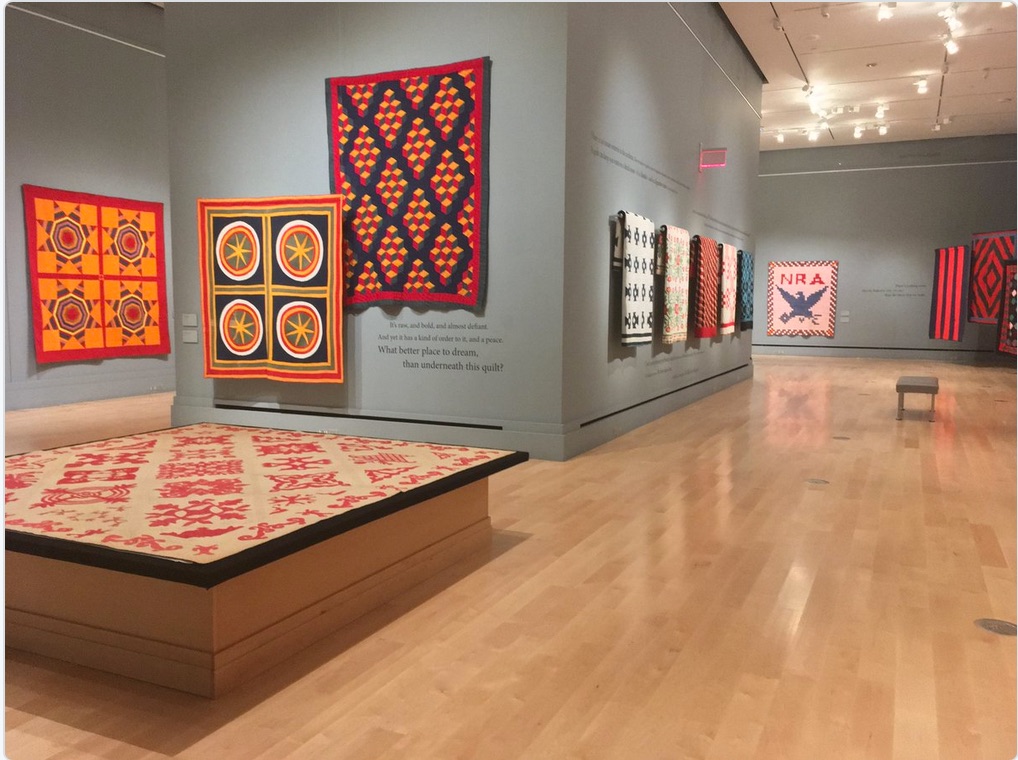
CowboysIndians.com has a new article featuring seven of the quilts from the collection.
Click here to read Ken Burns' article with The New York Times regarding the collection.
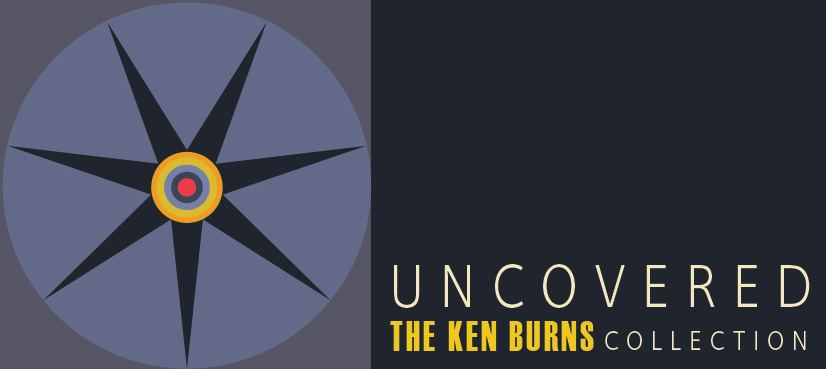
The Ken Burns Collection
January 19 - May 13, 2018
Prolific film-maker and documentarian Ken Burns loves antique American quilts.
To him, each of these textiles represents a moment in time and American history—a nexus of individuals and geography and culture that can never be fully recovered, but which is nevertheless represented in these strikingly graphic compositions. Burns is less concerned with the provenance and genealogy of his quilts than with their gestalt—both their visual impact on the viewer, and their implicit connections to life stories.
Displayed alongside eloquent, anecdotal thoughts about quilts, collecting, art and authenticity, Burns’ quilts function as his films do: they spark dialogue and remind us—he hopes—of our shared humanity.
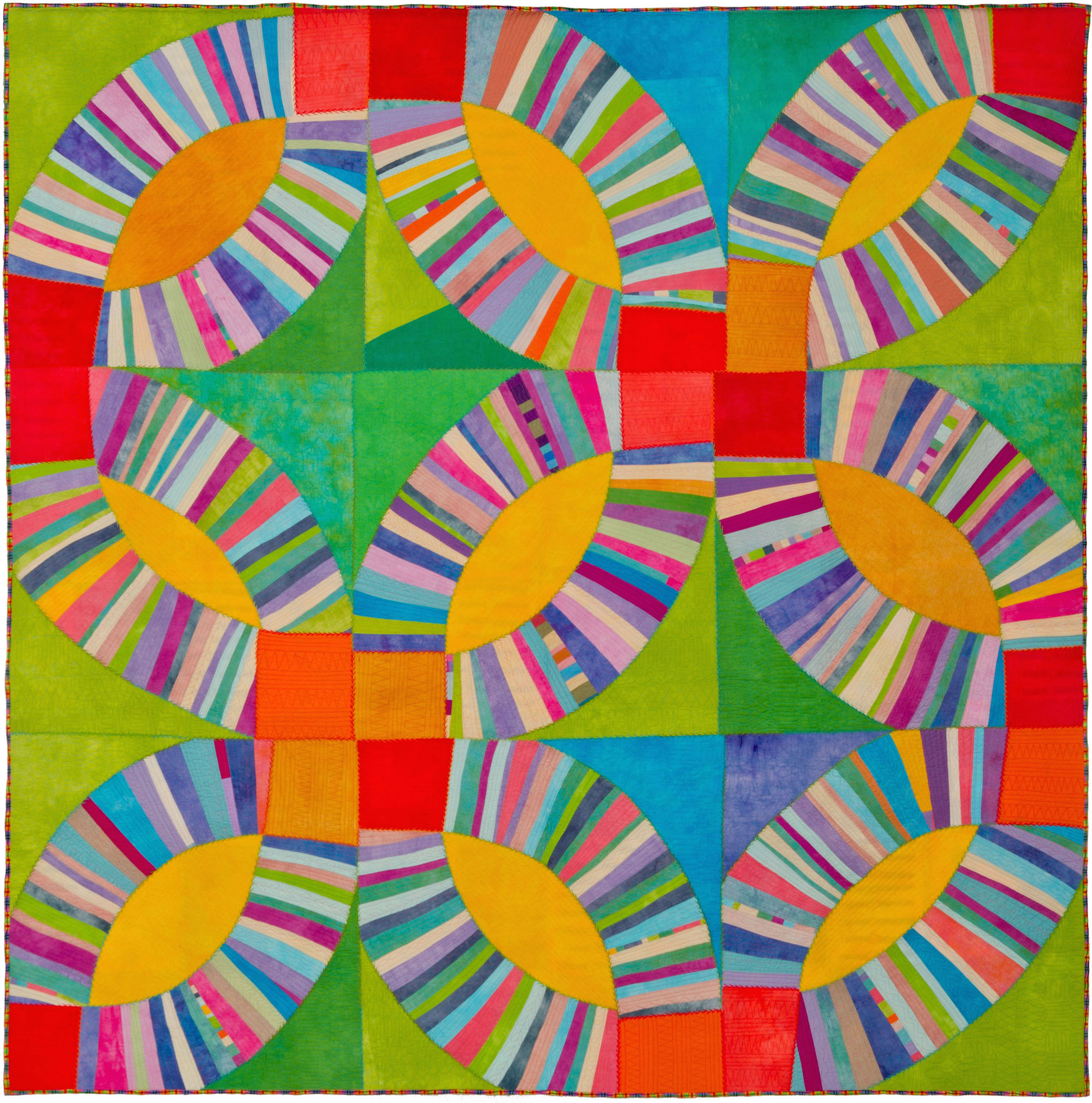
Keiko Goke: An Artist’s Eye for Color
by
Teresa Duryea Wong
Keiko Goke is a Japanese artist who first began making quilts in the early 1970s. She is a self-taught quiltmaker and has paved her own path from day one. Her artistic quilts are filled with color and a sense of whimsy and they often tell a powerful story or capture a happy moment.
Many of her quilts are infused with hand embroidery or embellishments, but they are quilted on a machine, a fact which has been part of her construction method since her first quilt. Her machine quilting, especially in the early days, clearly set her apart from her contemporaries in Japan and she has been influential in attracting a new generation of quilters who are inspired by modern sewing and quilting techniques.
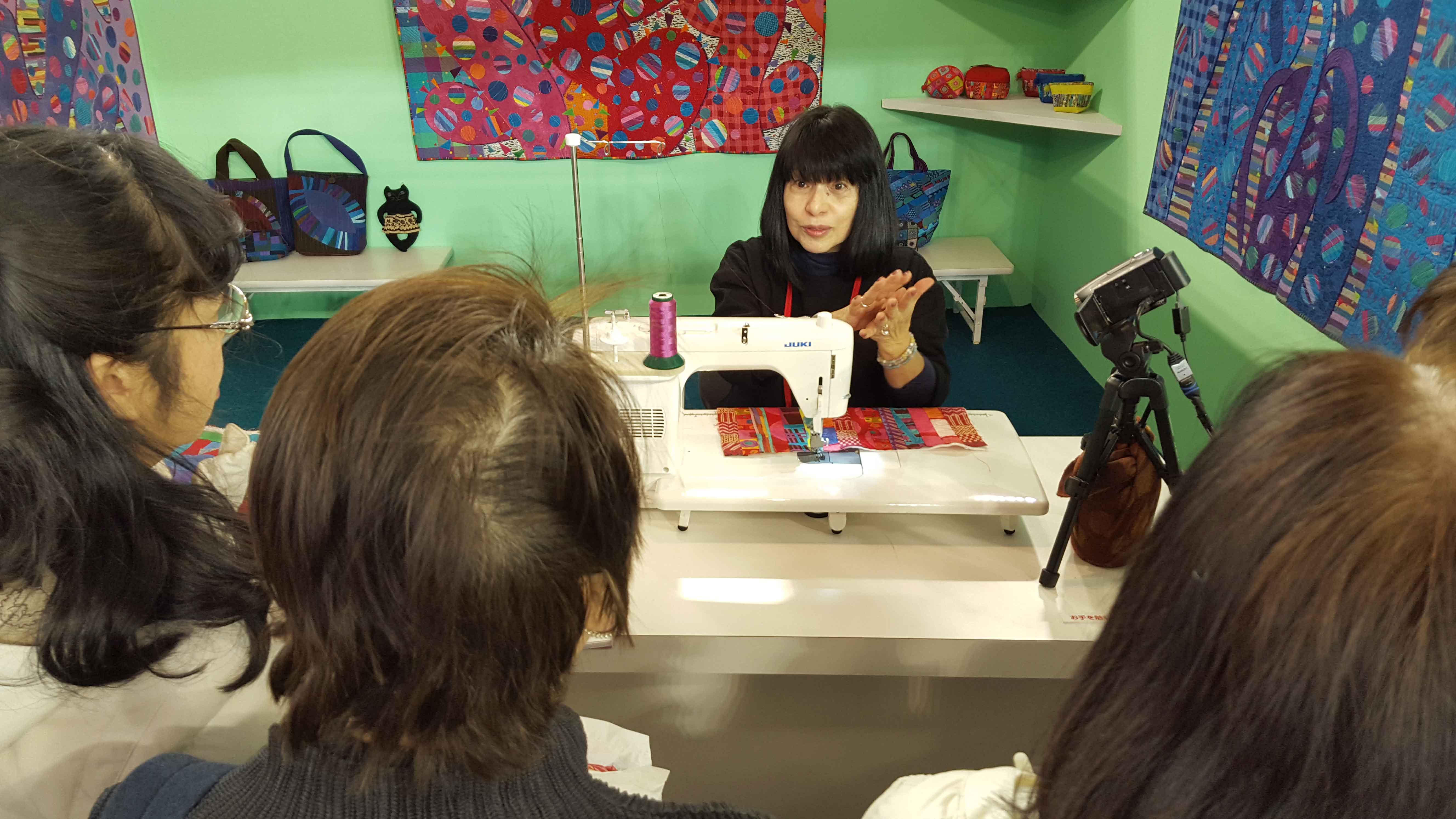
She actively teaches a dedicated group of students from her studio in Sendai, and she also travels and teaches internationally. Her quilts have been exhibited in many prominent international exhibitions, including the International Quilt Festival in Houston and the Quilt National competition in Ohio, and of course, the Tokyo International Great Quilt Festival. In fact, each year she hosts a booth at this massive quilting event and many quilters make a direct line to her booth to quickly purchase collections of her commercially printed cotton quilting fabrics. The popularity of these fabrics have helped spread Keiko’s reputation among quilters worldwide.
Keiko designs her fabric the old-fashioned way, on paper, not on a computer. Her commercial fabrics are executed exactly as she imagines them, with an acute replication of the original texture. By manipulating her Japanese-oil pastel sticks, pencils, paints and other mediums, she can completely control her image by blending colors and creating soft edges.

Her designs are so complex that in order to replicate these on fabric, the process sometimes requires printing one color on top of another, known as over-printing. In addition, some designs can also require removing color, a complicated tactic known as discharge. When layers of color are over-printed, some traces of color can be discharged in order to create an entirely new and unusual hue. Furthermore, an additional requirement for some of her fabric collections is the need for far more than the standard 15 colors that can be printed in one production run, so this means a few fabrics go through a second round of automated screen printing.
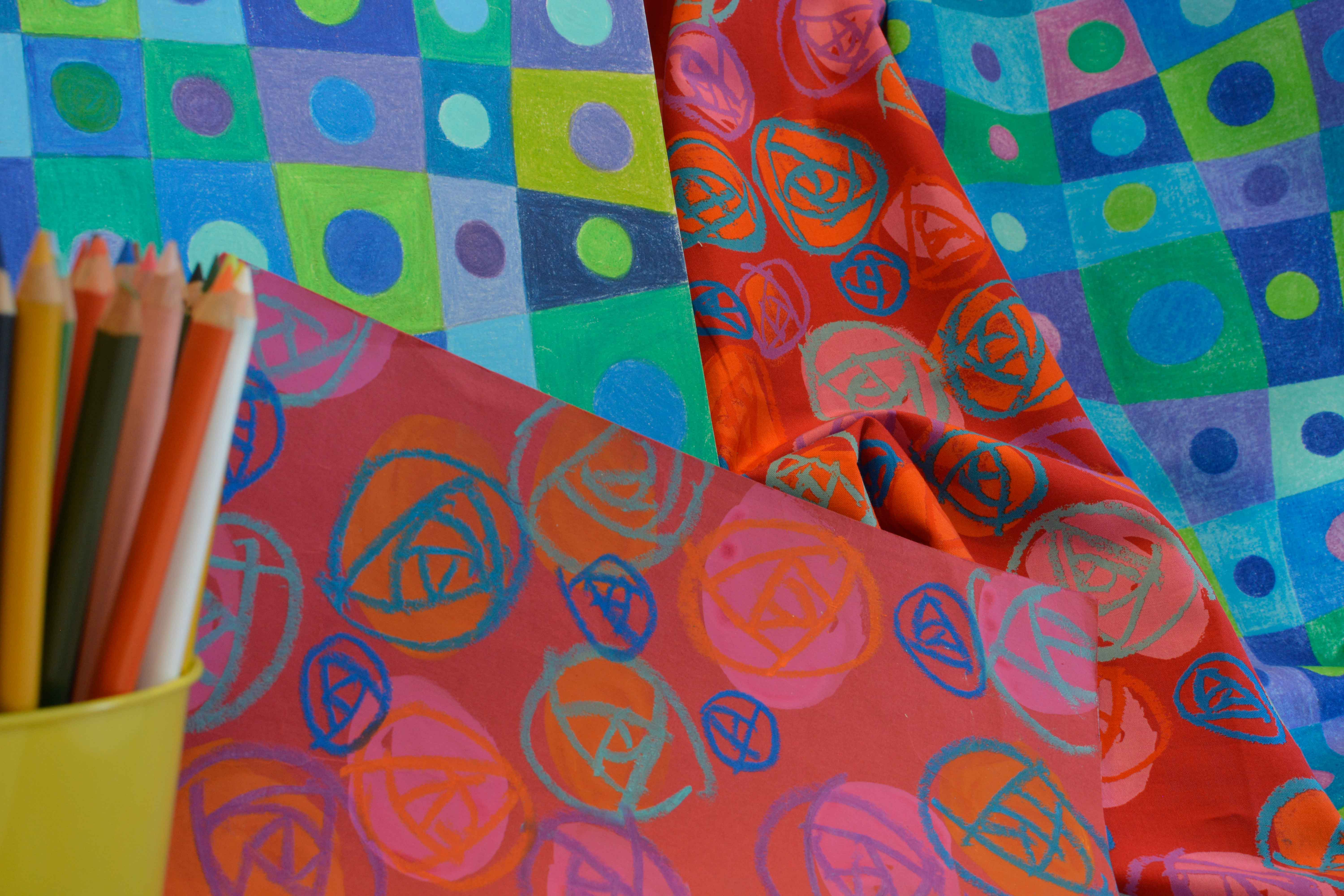
These soft edges, vibrant color blends, and discharge effects are not easy to print, and are certainly not inexpensive to replicate. But Keiko is an artist who does not compromise. Fortunately, she found a production partner that understands and appreciates her aesthetic and is willing to undergo these extra steps to produce her stunning fabrics. That partner is Yuwa Shoten (based in Osaka).
Keiko Goke has an extraordinary sense of color. She is often asked to explain her use of color and in fact, this is the one question she gets most often from students or new people she meets, and she is loath to answer. This is because her color sense comes naturally. Just like a musician who can improvise her own music, Keiko Goke can create her own world of color. She does not over think it and she cannot explain it.


Occasionally, Keiko will use her commercial fabrics in her own studio quilts. One such quilt, To Tomorrow, incorporates her prints into the background. Her quilting lines are thoughtfully placed and the hand embroidery adds texture and color. To Tomorrow is a bright work that is filled with movement and conveys a sense of joy, which are hallmarks of her work. See her newest Free Spirit collection How Do You Do? (available in August 2018).
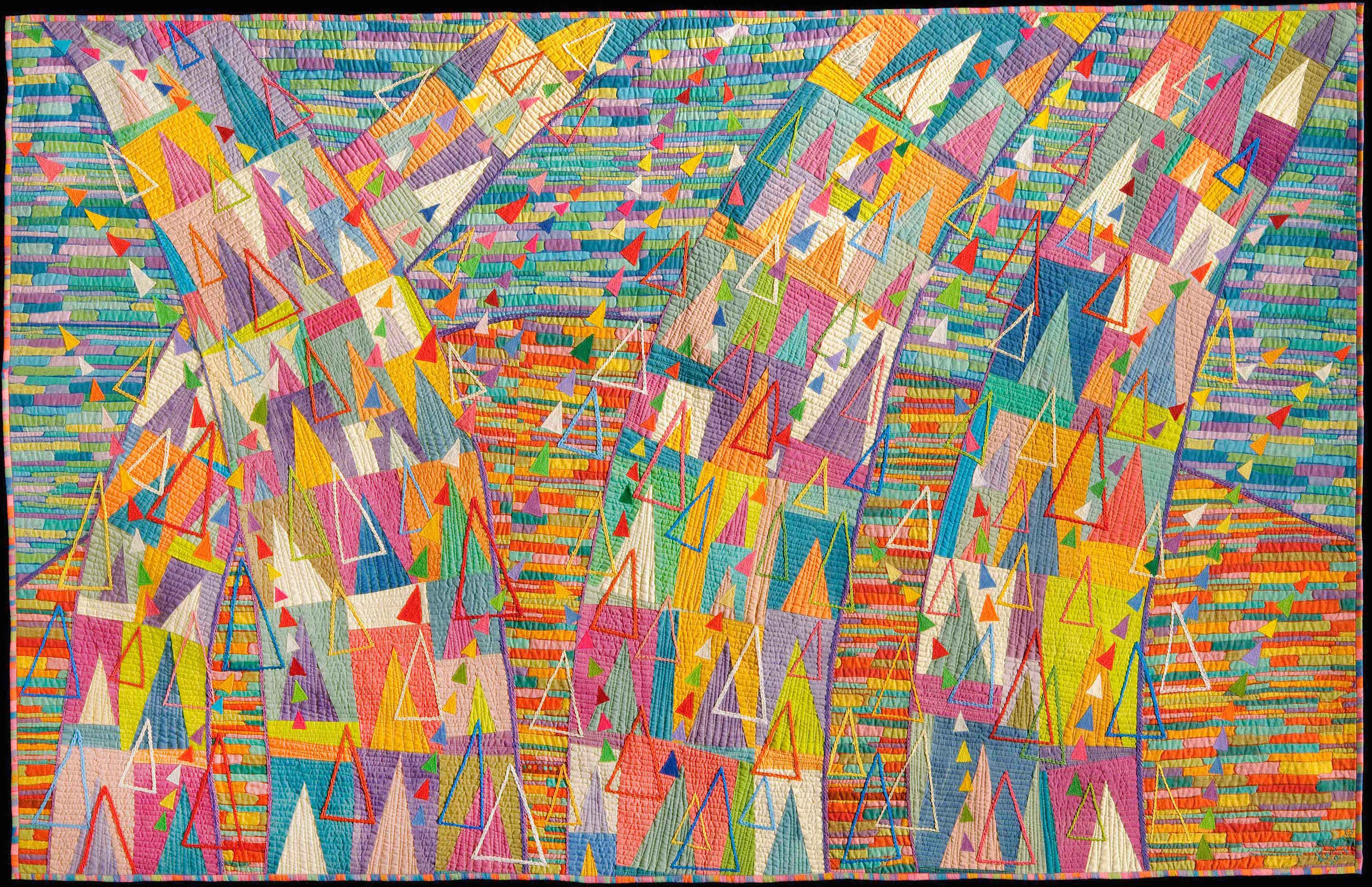
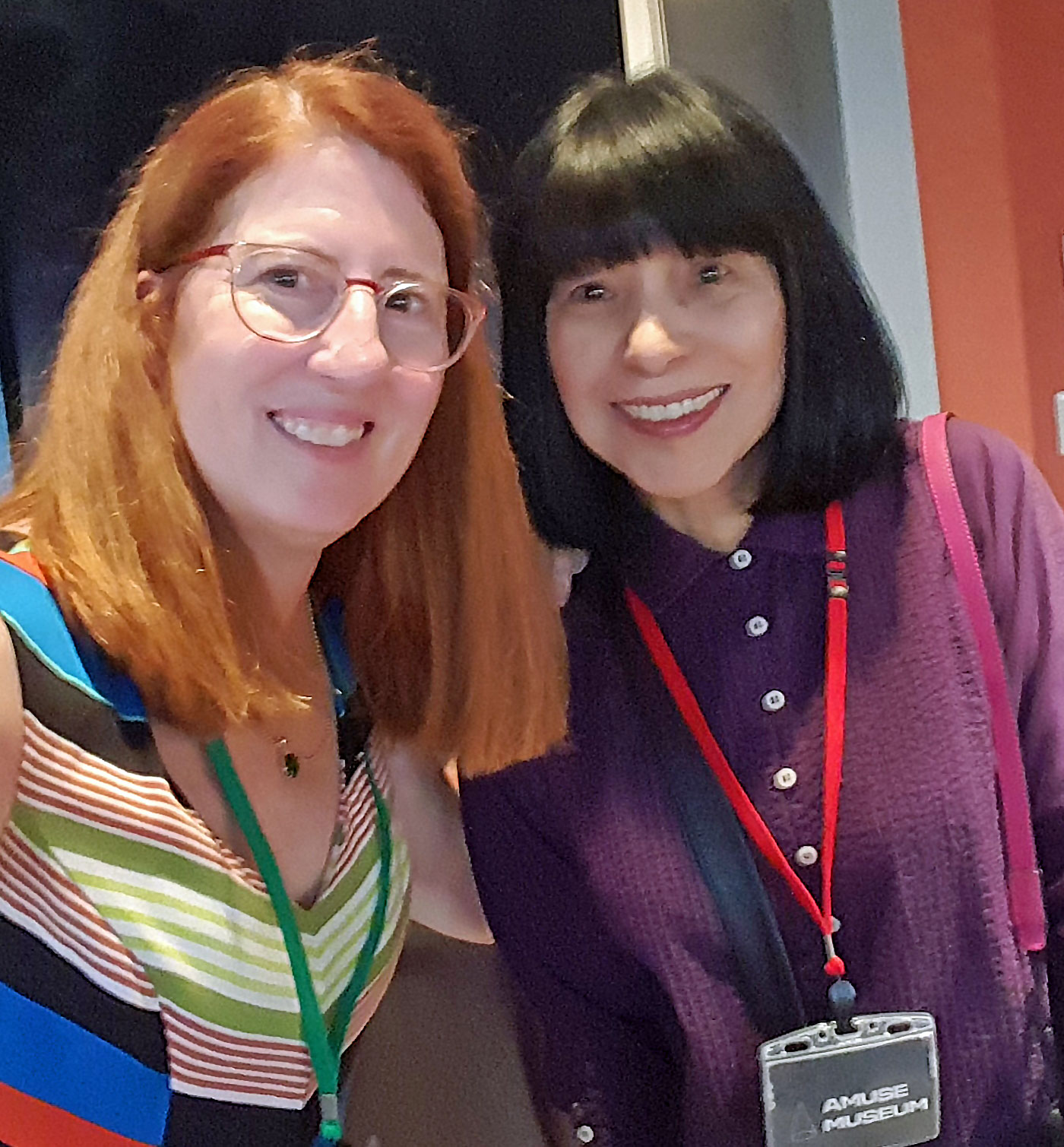
For further reading, Teresa's books, Cotton & Indigo from Japan and Japanese Contemporary Quilts and Quilters, offer great insight into the Japanese quilt esthetics and methods. Autographed copies are available on the author’s website: teresaduryeawong.com.
Thank you Patricia for sharing your photos.
Here's a beauty in blue. Do you know what it is called? Play the game and find out.
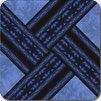
 It's time to finish the center of your Mandala Unplugged. Join Ann in part 5 of her Mandala Unplugged hand stitching project. This week you will be adding texture and detail with embroidery. This finishes out the center before moving on to the corner points.
It's time to finish the center of your Mandala Unplugged. Join Ann in part 5 of her Mandala Unplugged hand stitching project. This week you will be adding texture and detail with embroidery. This finishes out the center before moving on to the corner points.
Please join the Mandala Unplugged Facebook group for support and camaraderie.

(photo: Patricia Belyea)
Masako Sanada won the Japan Quilt Grand Prix First Place at the Tokyo Quilt Festival 2018. We can't imagine how difficult it must be to pick a winner from the all the stunning quilts in the festival, but Masako's quilt definitely is one.
Thank you to Patricia Belyea of Okan Arts for the photos.
Note from Patricia: Most of the credits were listed in Japanese. I have included the artists’ names when they were available in English.

